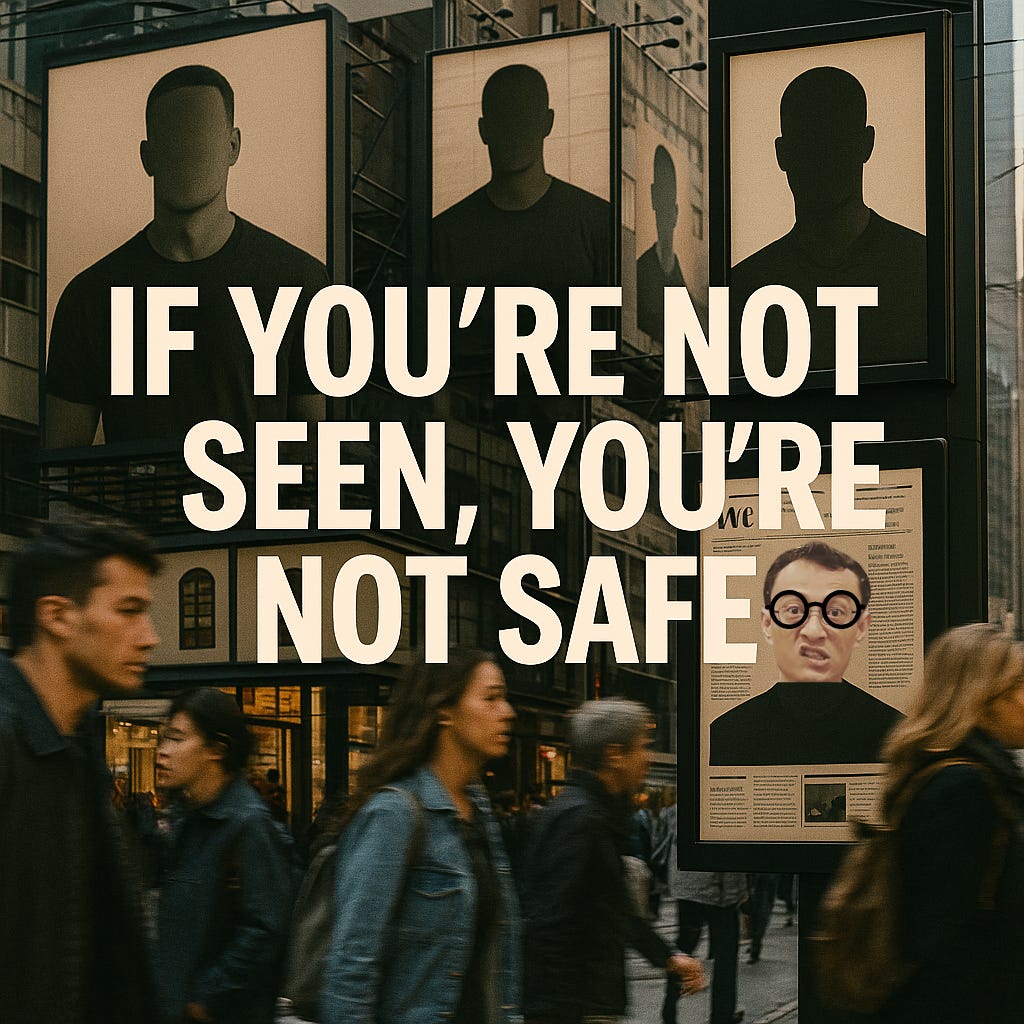If You're Not Seen, You're Not Safe
Why Brand Presence Still Wins in Southeast Asia - Even If the Campaign Doesn’t Convert
I’ve heard this line more times than I can count:
“We’re the better solution. But the buyer still went with the louder brand.”
It’s usually said by frustrated sales teams, founders, or challenger brands who know their offer is stronger but they still lost the deal.
Not because they failed to convince.
Not because their pricing didn’t make sense.
But because the other brand felt safer.
And in Southeast Asia, that’s what presence does:
It creates safety.
Brand Presence = Emotional Insurance
In markets like Indonesia, Malaysia, Thailand, and the Philippines, buying decisions are rarely just logical.
They’re political.
Social.
Emotional.
Decision-makers don’t just evaluate products. They evaluate risk to their reputation.
They ask themselves:
“Will I look foolish if this goes wrong?”
“Can I justify this to my boss or board?”
“Have I seen this brand enough to trust it?”
When the brand is visible, these questions feel less threatening.
When the brand is invisible, even a great pitch can feel like a gamble.
Presence Is the Silent Negotiator in Every Deal
Before your seller ever gets on a call, your brand has already entered the room.
If it’s been showing up on LinkedIn, in webinars, on panels, or mentioned by peers, it’s familiar.
It’s safe.
But if this is the first time a buyer is hearing about you?
That familiarity gap becomes resistance.
And when there’s pressure to avoid mistakes, which is common in most SEA companies - that resistance silently kills deals.
This isn’t about vanity.
It’s about social proof at scale.
The Market Buys What It Recognizes.
In high-context, relationship-first markets, visibility equals legitimacy.
That’s why challenger brands in Southeast Asia often struggle. Even if their solution is better, they get drowned out by brands that:
Have more media presence
Win more awards
Get shortlisted by default
Look safer to internal committees
Sales teams feel this all the time:
“They liked us. But their boss only recognized the competitor’s name.”
It’s not personal.
It’s just the system.
B2C Lens: What the Beauty Industry Is Teaching Us
In the beauty space, visibility shifts consumer confidence quickly.
Korean beauty brands exploded - not just because of product quality but because they rode the wave of K-pop, K-drama, and cultural dominance.
Visibility was built through cultural influence, not just product placements.
But not every challenger gets a cultural tailwind.
Some brands have to build presence the hard way.
Which brings up the real question:
How do you show up enough to be safe, without selling out?
Visibility Without Burnout
For smaller brands, visibility has to be strategic - not scattershot.
Being everywhere is too expensive.
But being nowhere is commercial suicide.
The key isn’t scale. It’s consistency and context.
Ask yourself:
Are we showing up in the right places?
Are we repeating the message often enough to be remembered?
Are we building familiarity before the pitch even happens?
Because in Southeast Asia, your brand needs to feel familiar, credible, and safe before your sales rep ever speaks.
The Local Lens: Why Familiarity Wins
This is where the foreign vs. local dynamic becomes critical.
As a seller, I’ve seen this up close:
The local brand usually wins.
Not always because it’s better but because it’s familiar.
Buyers in Southeast Asia default to what feels safe.
And that often means choosing a brand from their own backyard.
Foreign brands can get early traction. Novelty helps. Unique value props help.
But staying in the conversation requires proof:
Local case studies
Trusted local partners
Stories with local logos and names
Marketing isn’t just about reach.
It’s about resonance.
And the GTM mindset that works here is simple:
Give to Get.
Show up. Add value. Earn attention before asking for the sale.
The Challenger’s Dilemma
Challenger brands don’t just compete with product features.
They compete with familiarity.
The smart ones know:
Visibility doesn’t have to be loud. It just has to be sharp, consistent, and real.
Authority isn’t built in a day. It’s built in every touchpoint.
Familiarity creates traction before the buyer even enters the funnel.
If presence builds trust,
clarity converts it.
Presence isn’t about ego.
It’s about making your buyer’s job easier.
It reduces fear.
It reduces friction.
So the next time your team loses to a bigger name, don’t just ask:
“What did we miss in the pitch?”
Ask instead:
“Did we even feel like a safe choice in the room?”
Because in Southeast Asia, being good isn’t enough.
You have to be good.
And you have got to be seen.
In markets where decisions are made to avoid blame more than to chase brilliance, visibility isn’t a nice-to-have.
It’s the difference between being considered
…and being ignored.
—
Sufi Rafa’ee signing off for 84 Musing






Such an underrated article to be honest!